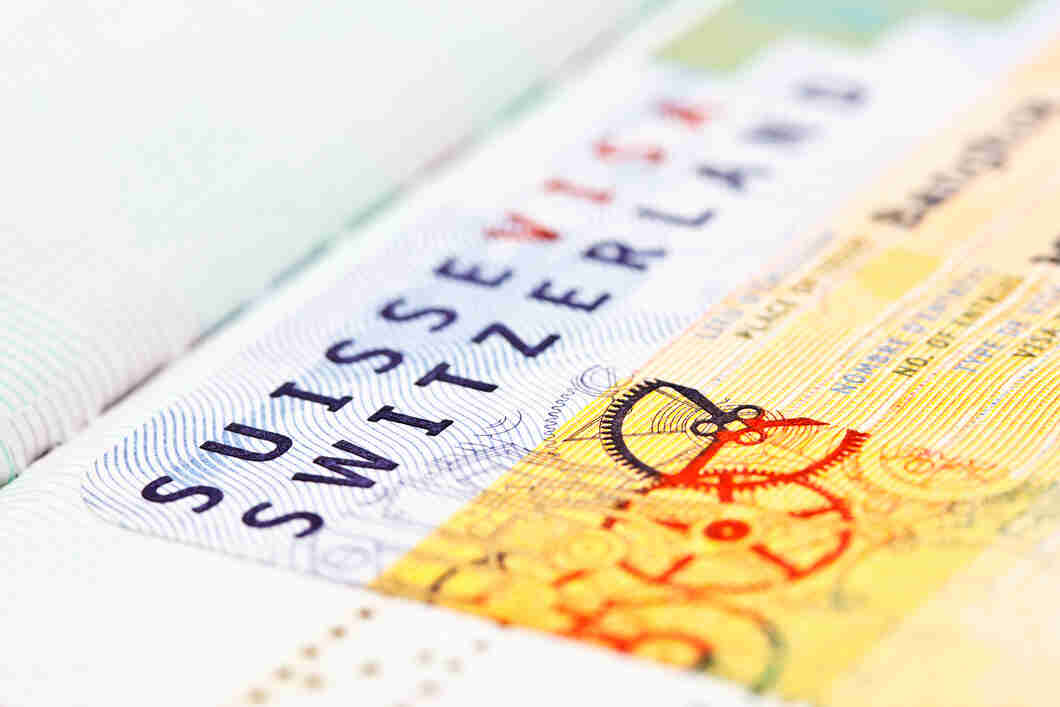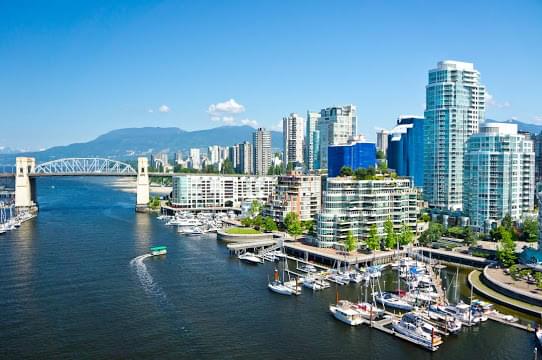Are you dreaming of exploring the bustling streets of New York City, strolling along the picturesque beaches of California, or immersing yourself in the cultural melting pot that is America? Well, before you embark on your journey to the land of opportunities and dreams, there’s one crucial player you need to understand – Customs and Border Protection (CBP). In this comprehensive guide to US Visa Processes, we’ll unravel the mysteries behind CBP’s role in making your American dream a reality. So fasten your seatbelts and get ready for an exciting ride through the intricate world of US immigration! WHAT IS CUSTOMS AND BORDER PROTECTION FOR US VISA
Introduction to Customs and Border Protection (CBP)
Customs and Border Protection (CBP) is an agency under the Department of Homeland Security responsible for regulating international trade, enforcing U.S. laws and regulations, and facilitating legitimate travel into the United States. It plays a crucial role in ensuring the security of the nation’s borders while also promoting economic prosperity.
The main responsibility of CBP is to prevent illegal goods and unauthorized individuals from entering the country. They are also in charge of screening travelers at ports of entry, collecting duties and taxes on imported goods, and enforcing trade laws. With over 60,000 employees nationwide, CBP operates at land border crossings, seaports, airports, railroads, and even pre-clearance facilities located in foreign countries.
History of CBP:
The origins of CBP can be traced back to 1789 when President George Washington signed the Tariff Act establishing the first customs agency in America. Over time, various agencies were created to manage different aspects of customs enforcement until finally merging into one organization – CBP – after the events of September 11th.
In March 2003, CBP was officially formed by combining three legacy agencies: U.S. Customs Service, Immigration & Naturalization Service (INS), and Animal Plant Health Inspection Service (APHIS). This new agency was given a wide range of responsibilities including border security functions previously handled by INS. RENEW USA VISA
Functions of CBP:
1. Securing Borders:
CBP’s primary function is securing
What is CBP?
CBP, or Customs and Border Protection, is a federal agency under the US Department of Homeland Security that is responsible for managing and regulating trade, immigration, and other customs-related matters. It was created in 2003 through the merger of two former agencies, the US Customs Service and the Immigration and Naturalization Service.
The primary role of CBP is to facilitate legal international trade and travel while ensuring security at US borders. This includes enforcing laws and regulations related to imports, exports, and border control. CBP officers are stationed at ports of entry such as airports, seaports, land borders, and international mail facilities to screen individuals entering or leaving the country.
One of the key functions of CBP is to inspect goods entering the country to ensure they comply with import regulations. This involves checking for prohibited items such as drugs, weapons, counterfeit goods, contraband materials, and agricultural products that may pose a threat to public health or safety. Additionally, CBP collects duties on imported goods based on their value and country of origin.
CBP also plays a crucial role in protecting US borders by preventing illegal entry into the country. This includes screening individuals seeking entry through visas or refugee status to determine their eligibility based on immigration laws. They also work closely with other federal agencies such as Immigration and Customs Enforcement (ICE) to enforce immigration policies.
In addition to facilitating trade and travel while maintaining security measures at borders, CBP also offers various services related to visa processes for foreign nationals wishing to
Role of CBP in US Visa Processes
The United States Customs and Border Protection (CBP) plays a crucial role in the visa processes for individuals seeking to enter the country. CBP is responsible for administering and enforcing immigration laws at the US borders, including airports, seaports, and land ports of entry. In this section, we will discuss the specific role of CBP in the various stages of the US visa process.
1. Pre-Visa Process:
Before applying for a US visa, it is essential to understand that CBP has access to all visa application information through its Automated Targeting System (ATS). This system stores data on all foreign nationals who have applied for a US visa or entered the country previously. CBP uses this information to identify potential security threats and make decisions about admissibility into the US.
2. Visa Application Screening:
Once an individual submits their visa application, CBP’s ATS system conducts an initial screening process. The system checks for any discrepancies or red flags in the applicant’s personal information or travel history that may warrant further investigation by a consular officer.
3. Airport Interviews:
For travelers arriving at a US airport with a nonimmigrant visa, they will undergo an interview with a CBP officer upon arrival. The purpose of this interview is to determine whether there has been any change in circumstances since their original visa application was approved and if they are still eligible for entry into the country.
4. Admissibility Determination:
One of CBP’s primary responsibilities is determining whether an
Types of Visas Processed by CBP
Customs and Border Protection (CBP) is responsible for regulating the entry of foreign visitors into the United States. As part of this process, CBP handles a variety of different types of visas that allow individuals to enter the country for various reasons. Understanding these different visa categories can help you determine which one is right for your specific travel needs.
1. B-1/B-2 Visitor Visas:
These visas are issued to foreign nationals who wish to enter the US temporarily for business (B-1) or pleasure/tourism (B-2). B-1 visas are commonly used by individuals attending conferences, negotiating contracts, or consulting with business associates in the US, while B-2 visas are typically used for vacation purposes. These visas can be valid for up to six months and require proof of sufficient funds and ties to your home country.
2. F/M Student Visas:
The F/M student visa category allows foreign students to study at accredited universities and institutions in the US. The F visa is intended for academic studies such as undergraduate or graduate programs, while the M visa is designed for vocational or non-academic courses. To obtain an F/M visa, you must have a valid acceptance letter from a US educational institution.
3. J Exchange Visitor Visa:
The J exchange visitor visa allows individuals from other countries to participate in cultural exchange programs in the US. This includes categories such as au pairs, summer work/travel programs, and internships/traineeships at companies or organizations
Non-immigrant visas
Non-immigrant visas are temporary visas granted to foreign nationals who wish to enter the United States for a specific purpose and duration. These types of visas allow individuals to travel for business, tourism, education, or other short-term purposes.
There are several categories of non-immigrant visas that fall under the jurisdiction of the U.S. Customs and Border Protection (CBP). It is important to understand these different visa types and their requirements in order to successfully navigate the U.S. visa process.
1. B-1/B-2 Visitor Visa: This type of visa is intended for individuals traveling to the U.S. for business (B-1) or tourism/pleasure (B-2). The B-1 visa allows for participation in business activities such as attending conferences, negotiating contracts, or consulting with business associates. The B-2 visa is used for tourism purposes such as sightseeing, visiting family or friends, or seeking medical treatment.
2. F/M Student Visa: This type of visa is designated for international students who have been accepted into an accredited educational institution in the U.S. The F/M visa allows students to study full-time at a university, college, high school, seminary, conservatory or language training program.
3. J Exchange Visitor Visa: This category includes several different programs such as student exchange programs, au pair programs, research scholar programs and more. Participants in these programs must have a valid Form DS-2019 issued by an approved sponsor organization before they can.


